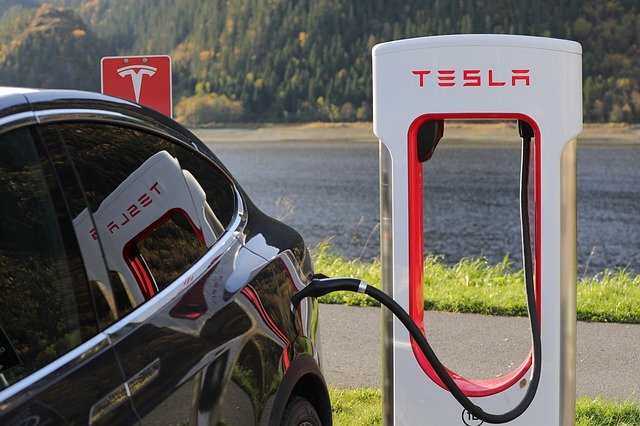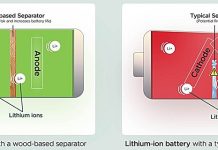
In a new study, researchers found a new method could effectively evaluate the metal requirement for fuel cell electrodes.
The method uses the forces on a metal’s surface to figure out the ideal electrode thickness.
The right amount of metal could give fuel cell electrodes the best properties and cut down the cost of fuel cells, which allows more electric cars to hit the market.
The research was conducted by Johns Hopkins University, Purdue University and the University of California at Irvine.
Previous studies have shown that fuel cells convert hydrogen, combined with some oxygen, into electricity through an oxygen-reduction reaction.
Therefore, it is important to find the right thickness stresses the surface of the electrocatalyst.
Previous studies have found that they could use outside forces to expand or compress an electrocatalyst’s surface. However, this could risk making the electrocatalyst less stable.
In the current study, the team tested their theory on palladium, a metal very similar to platinum.
They used force to tune the properties of thin metal sheets that make up electrocatalysts.
They then used computer simulations to predict that the inherent force on the surface of a palladium electrocatalyst could be used for the best possible properties.
They found that an electrocatalyst five layers thick, each layer as thin as an atom, would be enough to have the best performance.
After that, they conducted experiments at Johns Hopkins and confirmed the simulation predictions.
They found that the new method could increase catalyst activity by 10 to 50 times while using 90% less of the metal that currently used in fuel cell electrodes.
The researchers suggest that by tuning the material’s thickness, they could create more strain and have more freedom to accelerate the chemical reaction.
This could greatly reduce the cost of fuel cells of electric cars.
One author of the study is Jeffrey Greeley, professor of chemical engineering at Purdue.
The study is published in Science.
Copyright © 2019 Knowridge Science Report. All rights reserved.
Further reading: Science.



